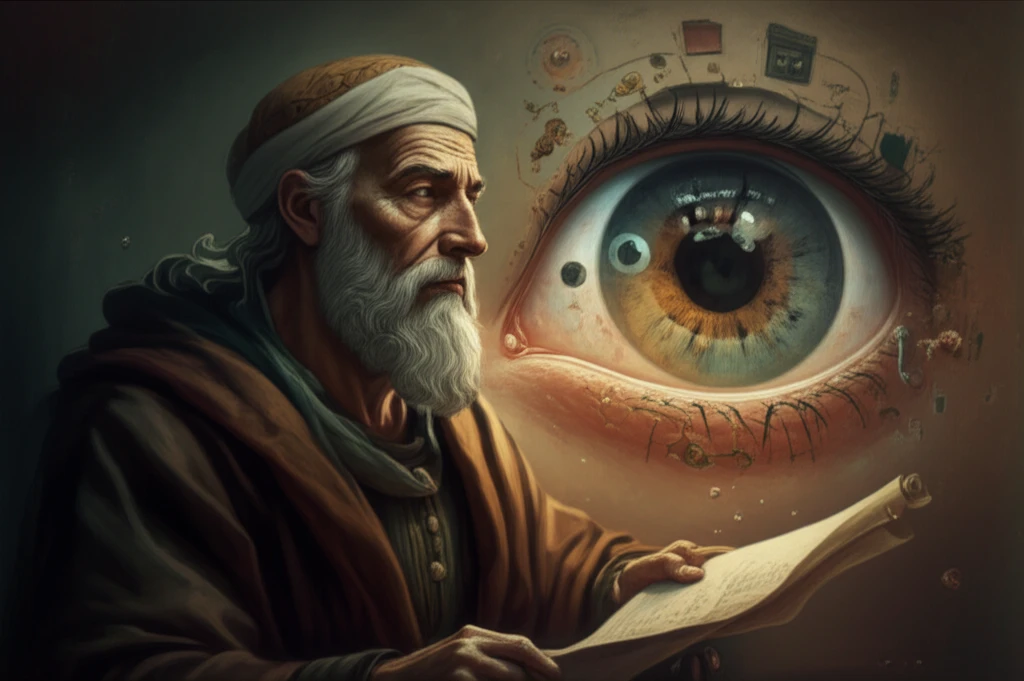
Unlocking Ancient Eye Care: Michael Psellus' Strabismus Definition Explained
"Discover the insights of an 11th-century scholar on eye misalignment and its relevance to modern ophthalmology."
Strabismus, commonly known as eye misalignment or crossed eyes, has been recognized since the time of Hippocrates. The ancient Greeks not only identified this condition but also proposed early theories about its causes, including heredity. Over the centuries, physicians and scholars have sought to understand and treat strabismus, each building upon the knowledge of their predecessors.
Among these historical figures is Michael Constantine Psellus, an 11th-century Byzantine scholar. While not an oculist, Psellus contributed a unique definition of strabismus in his medical writings. His insights offer a glimpse into the medical understanding of his time and highlight the ongoing quest to unravel the complexities of vision disorders.
This article delves into the work of Michael Psellus, exploring his definition of strabismus within the context of ancient and Byzantine ophthalmology. We will examine his biography, his medical treatise, and the significance of his contribution to the history of understanding and addressing eye misalignment.
Psellus' Definition of Strabismus: A Glimpse into Ancient Eye Care

Michael Constantine Psellus (1020-1105 AD) was a polymath of the Byzantine era, excelling in philosophy, politics, and science. His writings include a medical iambic poem where he defined various diseases and treatments. Within this work, he addressed strabismus, providing a definition that reflects the medical knowledge of his time.
- Spasm of the bodies which move the eye balls: This refers to involuntary contractions or dysfunction of the muscles responsible for eye movement.
- Oblique tendency of the muscles: This highlights the misalignment caused by the affected muscles, pulling the eye in an abnormal direction.
The Enduring Legacy of Psellus' Definition
Michael Constantine Psellus may not have been an ophthalmologist, but his definition of strabismus offers a valuable insight into the history of medicine and the evolving understanding of eye disorders. His work demonstrates that even in ancient times, scholars recognized the role of muscles in eye alignment and sought to define the underlying causes of strabismus.
By examining Psellus' definition, we gain a greater appreciation for the progress of medical knowledge and the contributions of individuals throughout history. It reminds us that today's sophisticated understanding of strabismus is built upon centuries of observation, research, and intellectual curiosity.
Psellus' contribution is a reminder that progress in medicine is a collaborative effort across centuries. His work encourages continued exploration and innovative approaches to address vision-related challenges.
